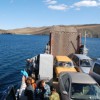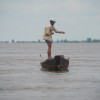Stavanger on the south-western coast of Norway is the home of Norway’s North Sea oil industry and its third largest city. As a result, Stavanger and the surrounding region, has undergone dramatic development since the early 1960’s when Oil and Gas was first discovered in Norway’s waters transforming the town from a sleepy fishing and agricultural town into a major petroleum capital. I have visited the area several times as we have family friends who live in Stavanger and many of these pictures are from a journey here and to some of the attractions the area offers.
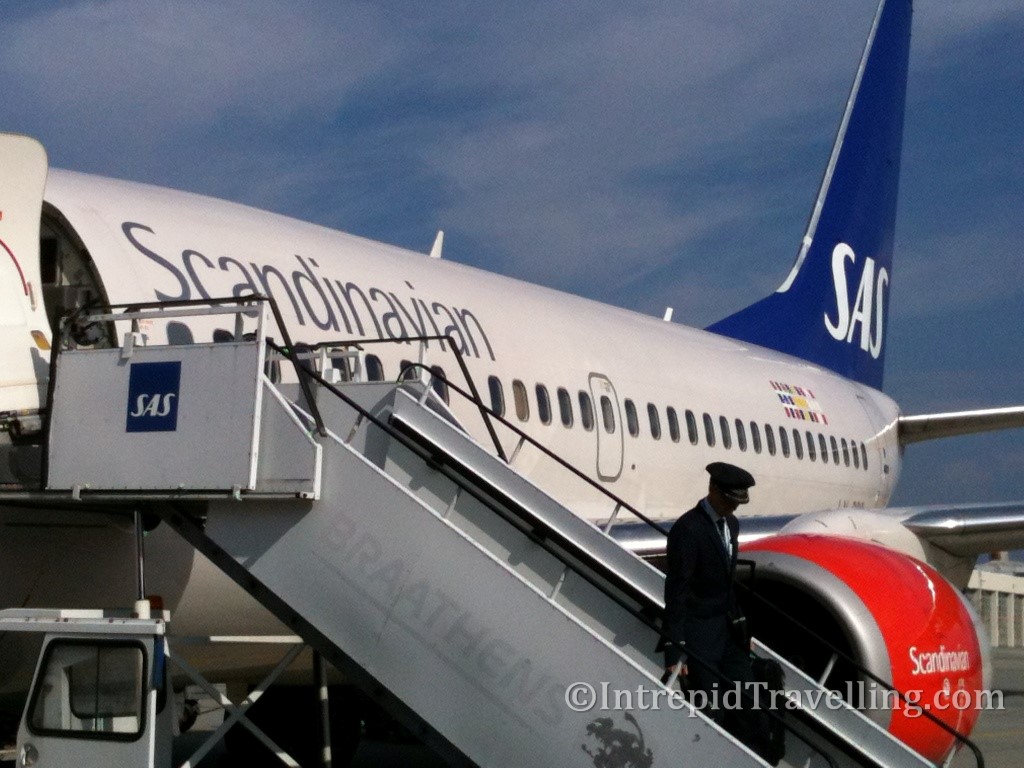
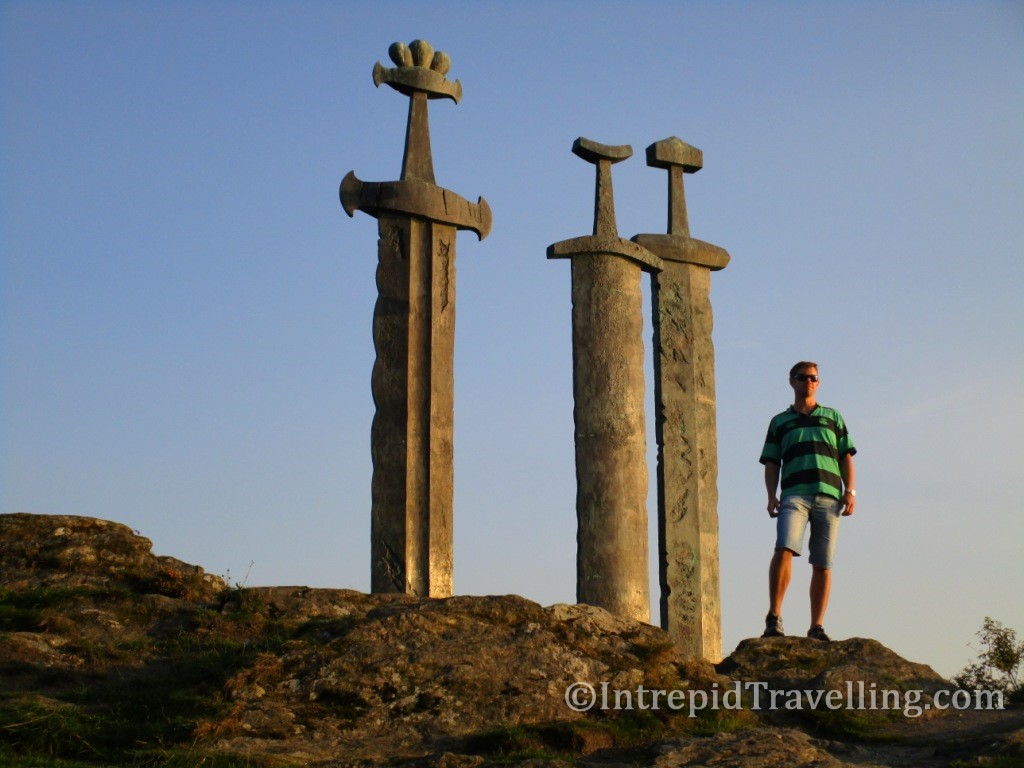
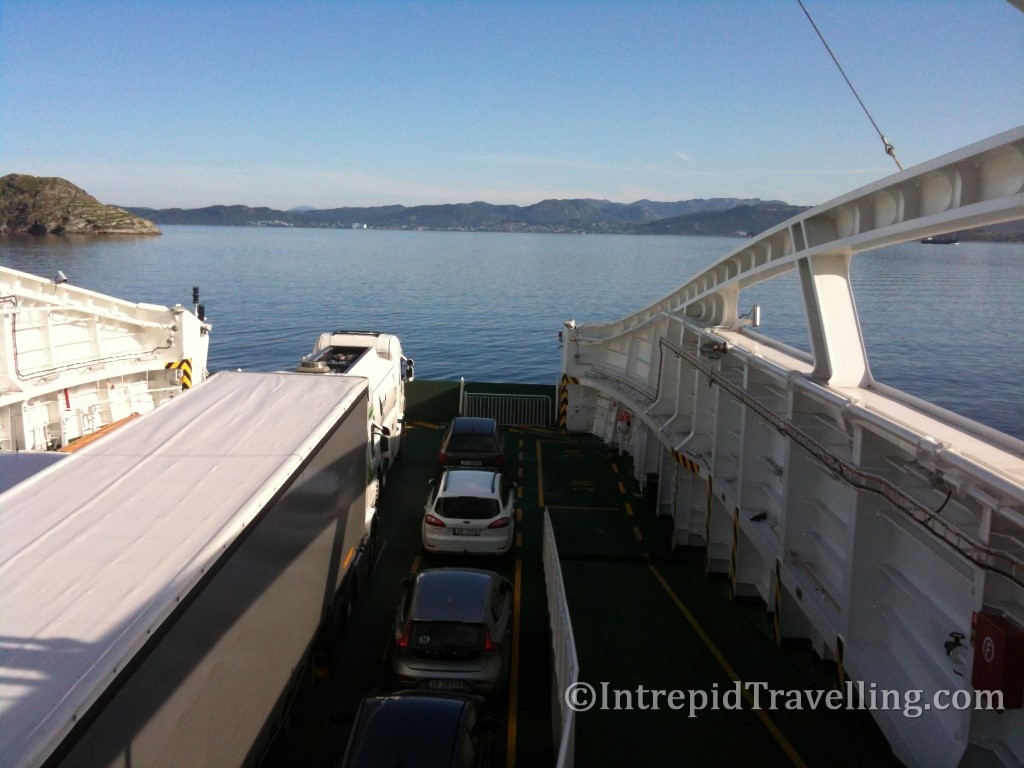
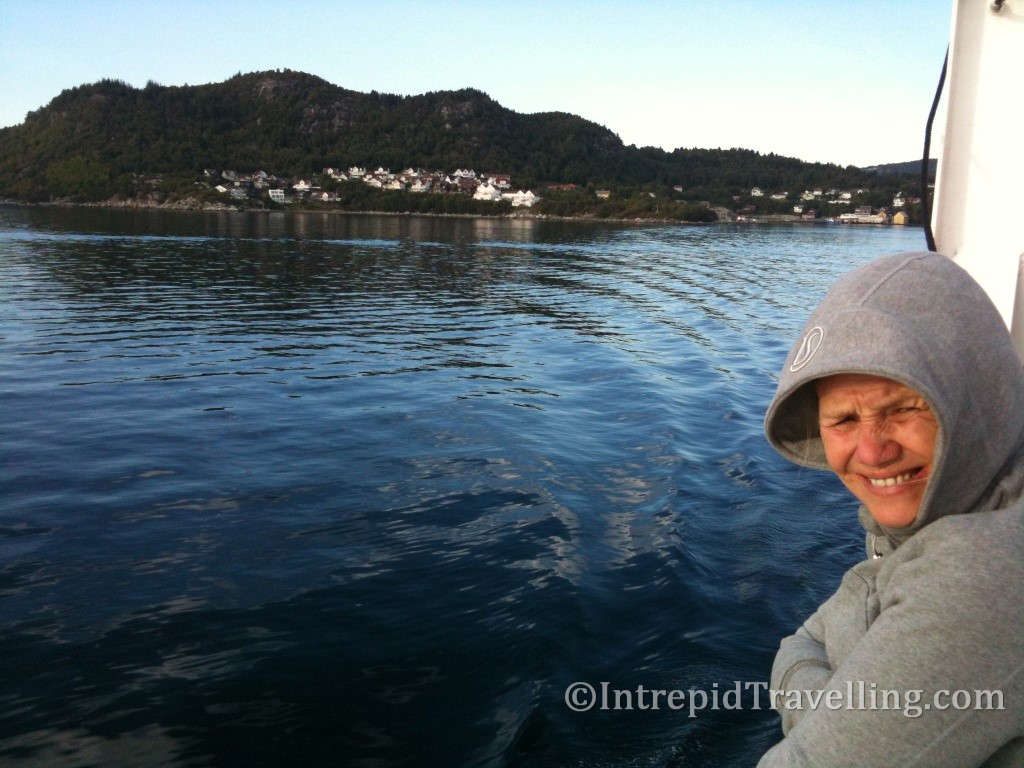
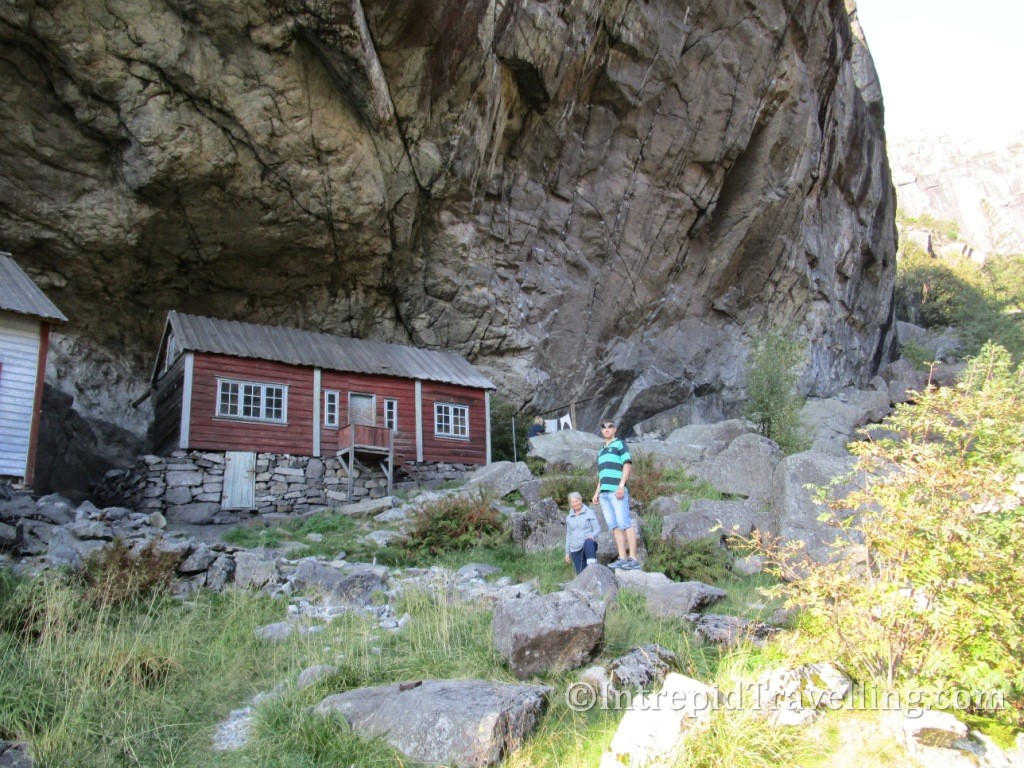
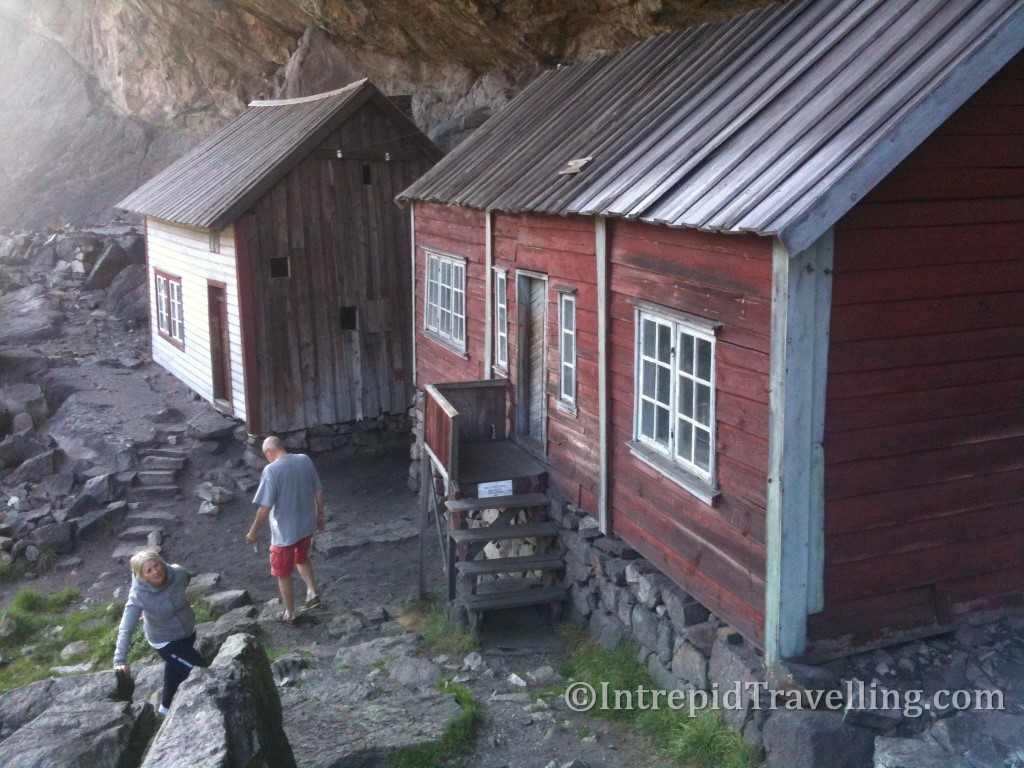
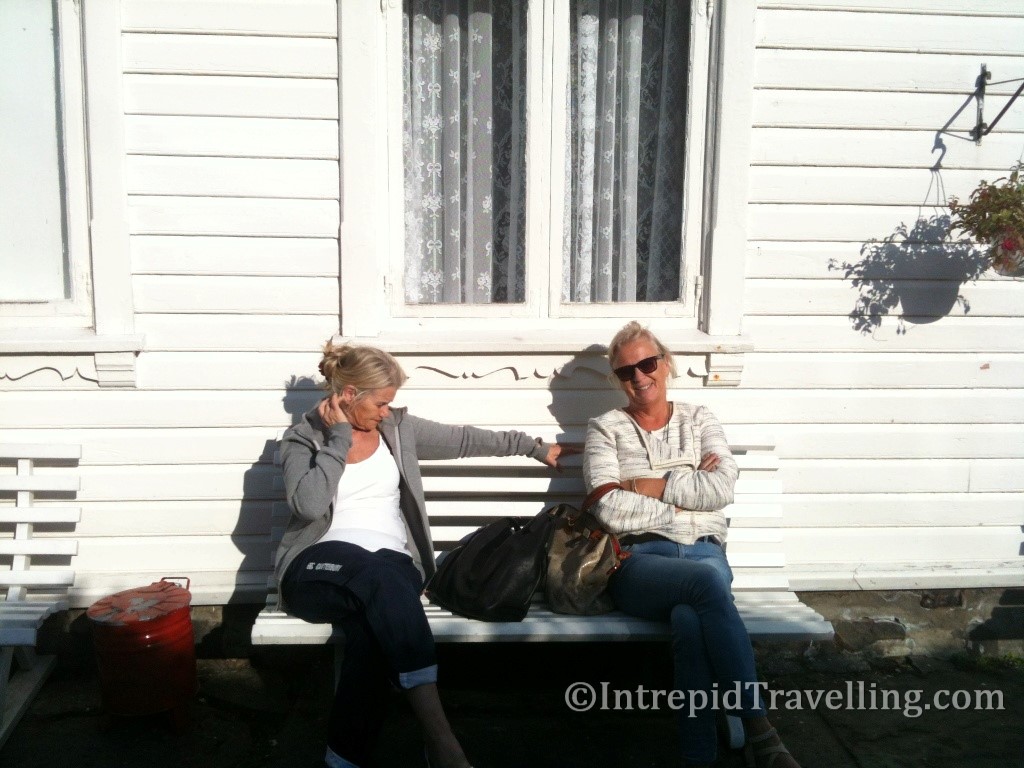
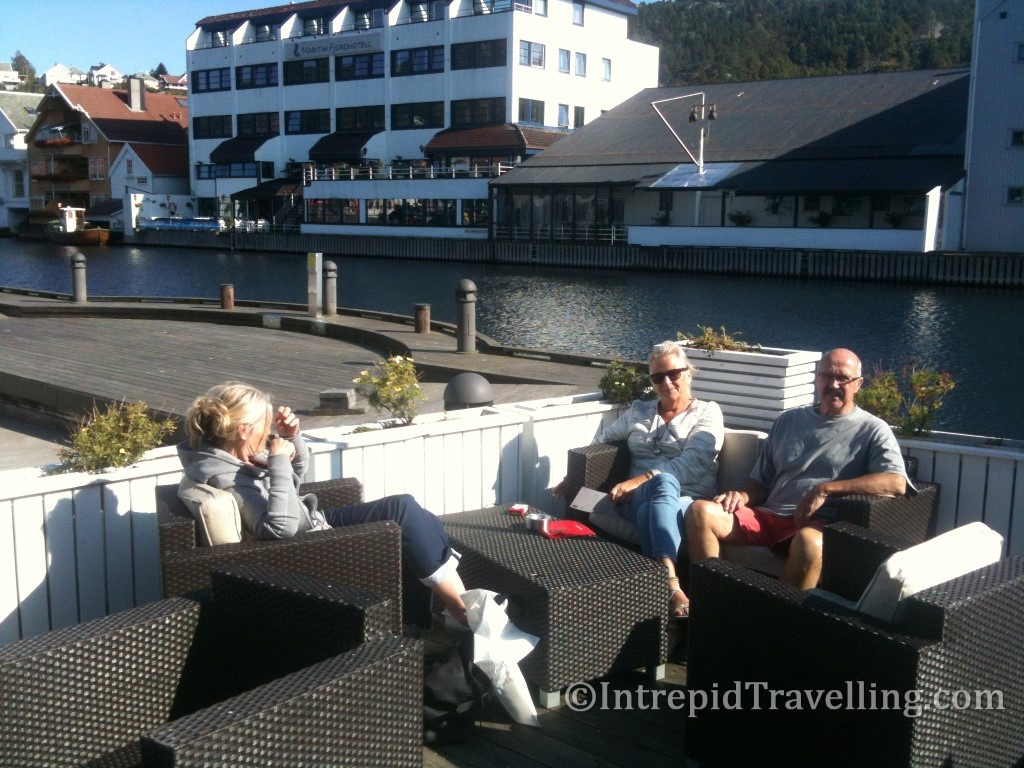
Stavanger is a modern prosperous city which is easy to get to by plane from many other European cities (Norwegian Air and SAS has several daily flights to various destinations), by train from Oslo and the southern city of Kristiansand or bus. There is also a wide range of hotels and hostels, although be warned that like the rest of Norway, Stavanger is not a budget friendly destination. Stavanger is also located on the coast alongside some of Norway’s most impressive fjords and natural scenery and as result serves as a great base to explore.
The old central part of Stavanger (known as Gamle Stavanger) is a well preserved part of the town that alludes to the simple fishing days of the port town. The winding streets and historical wooden houses will allow you to imagine old Stavanger when it was known as the canning capital of Norway. Nowadays the majority of these houses are privately owned by Stavanger’s residences so are kept quite attractive.
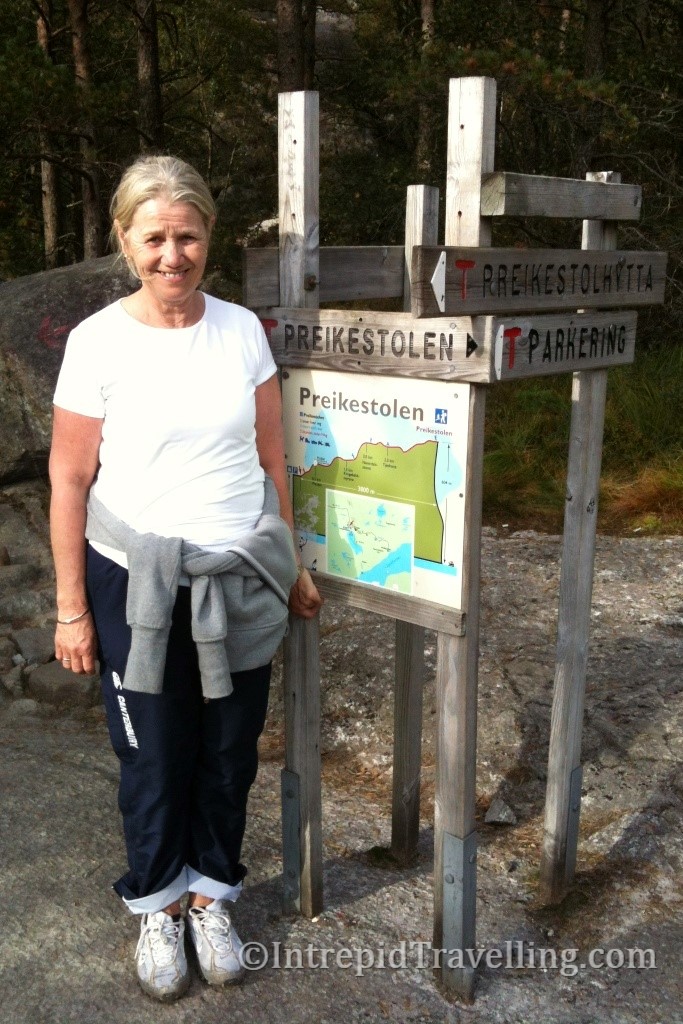
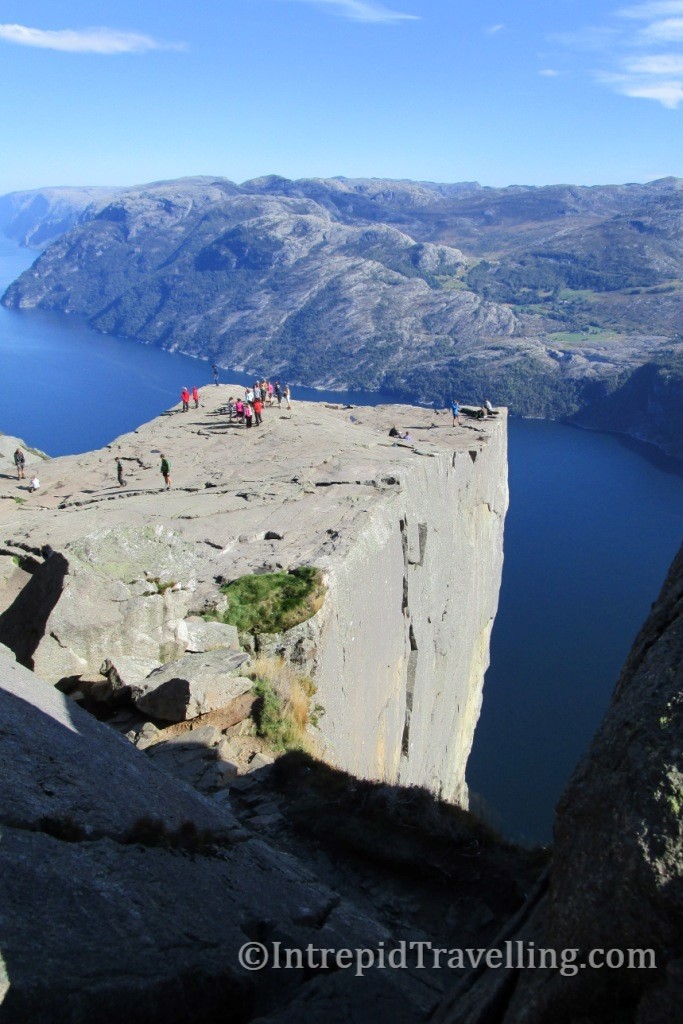
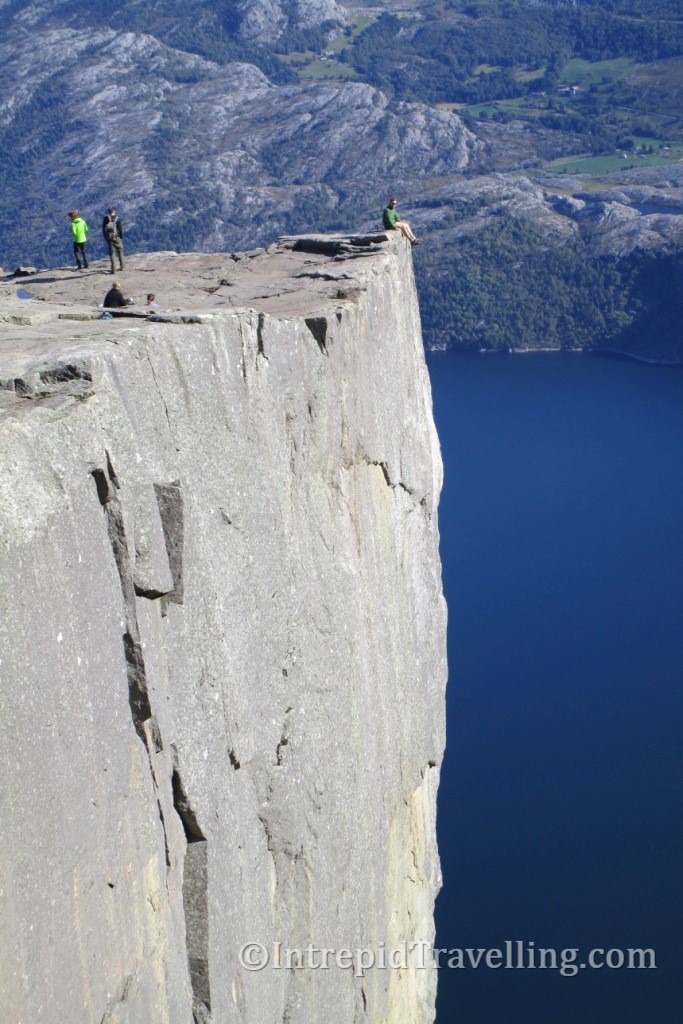

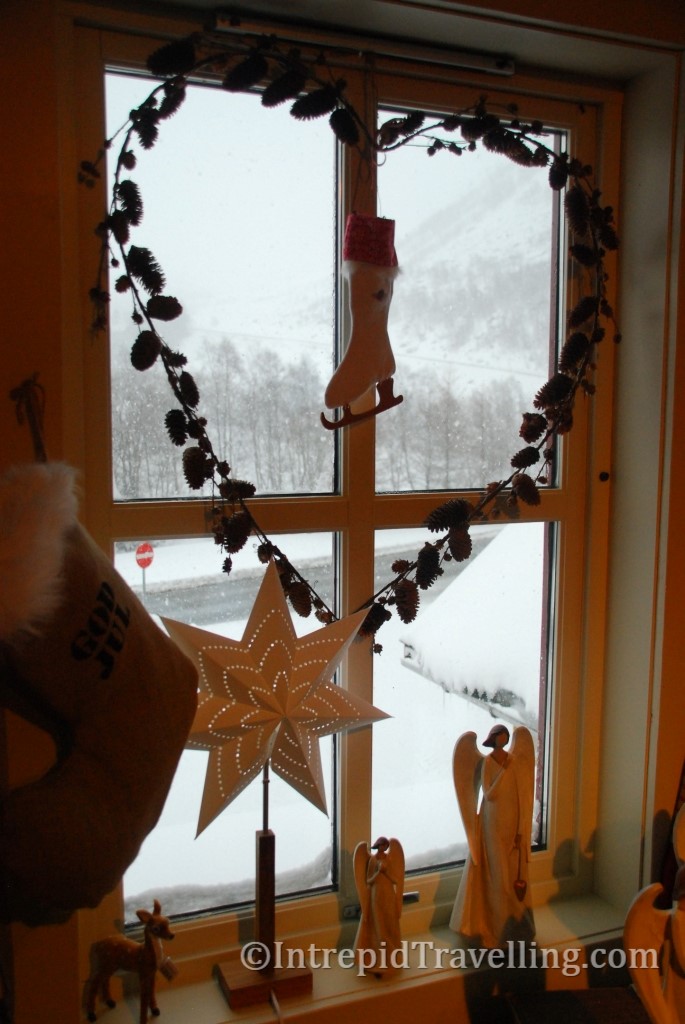
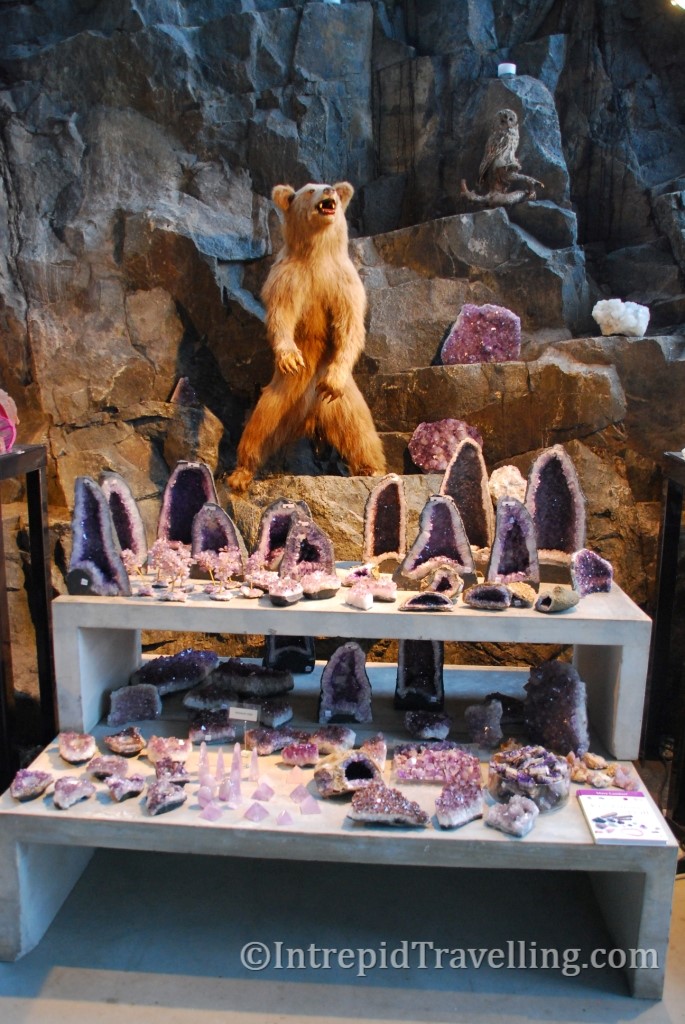

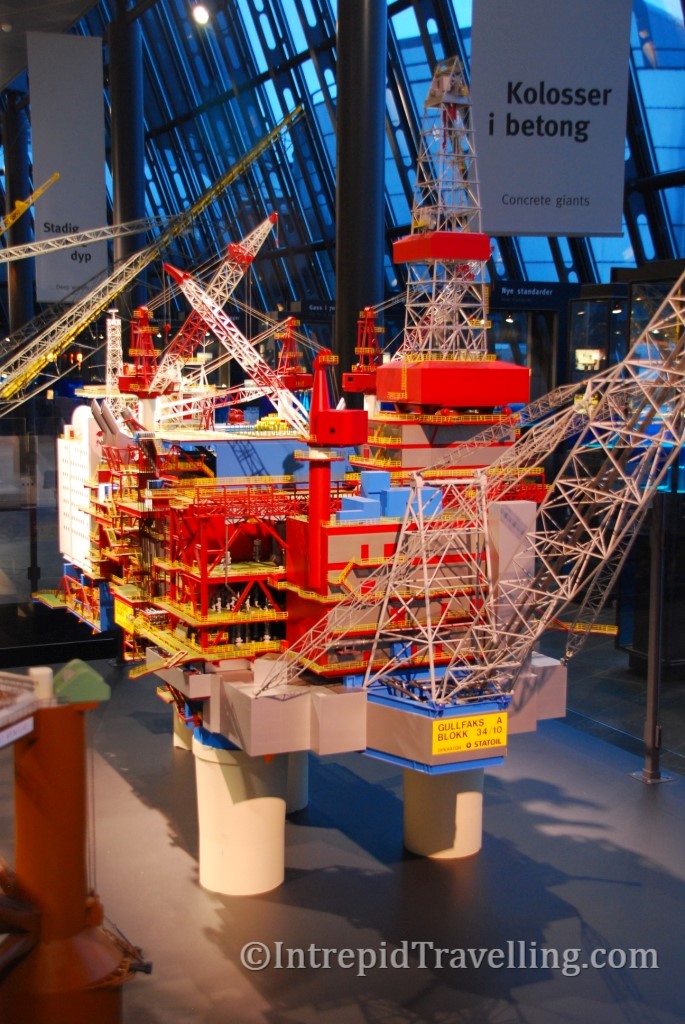
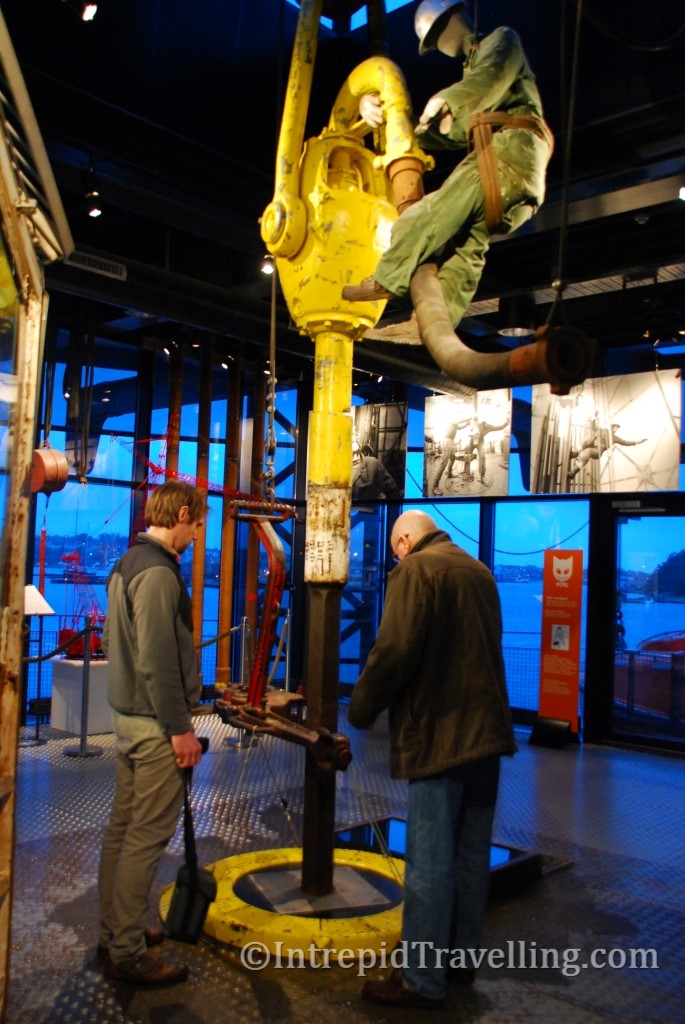
A short distance from the central city on the shore of the Hafrsfjord is Sverd i fjell (which translates to Sword in Mountain), which is a monument commemorating the late 800’s battle where Harald Hårfagre beat his opposing kings an managed to unite southern Norway. The swords are massive and are securely fixed into the bedrock, during sunset it makes for a brilliant photo. A short drive to the north, through the archipelago on the island of Mosterøy is the beautiful monastery called Utstein Abbey which you can learn more about on their site and it’s well worth a visit.
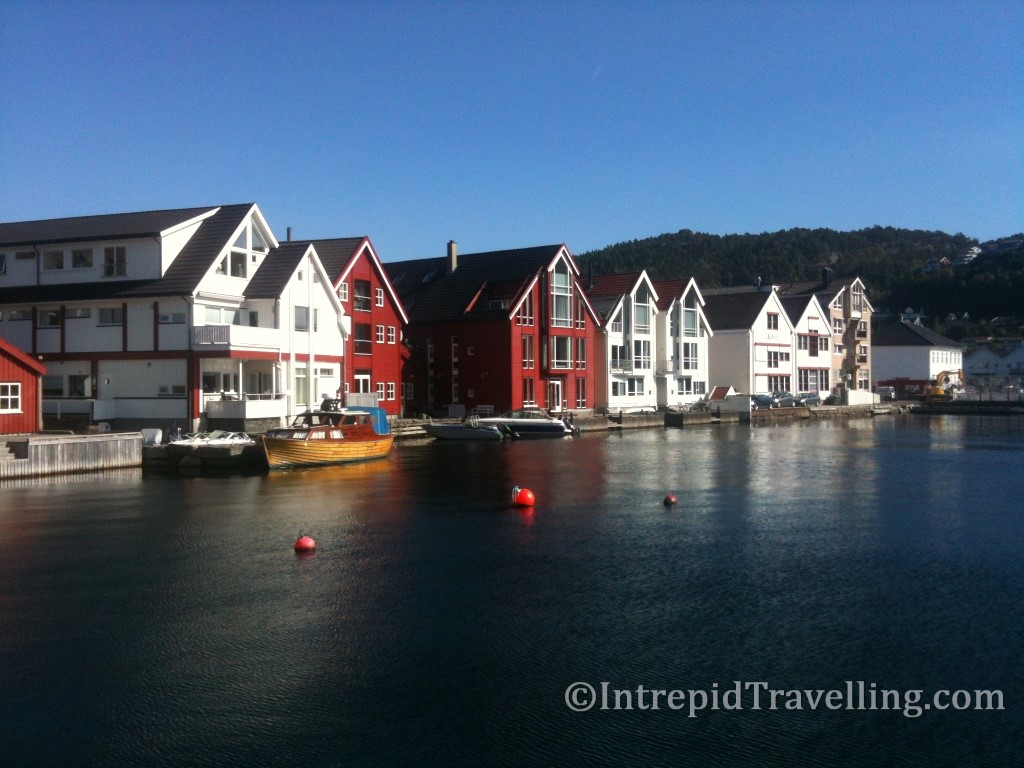

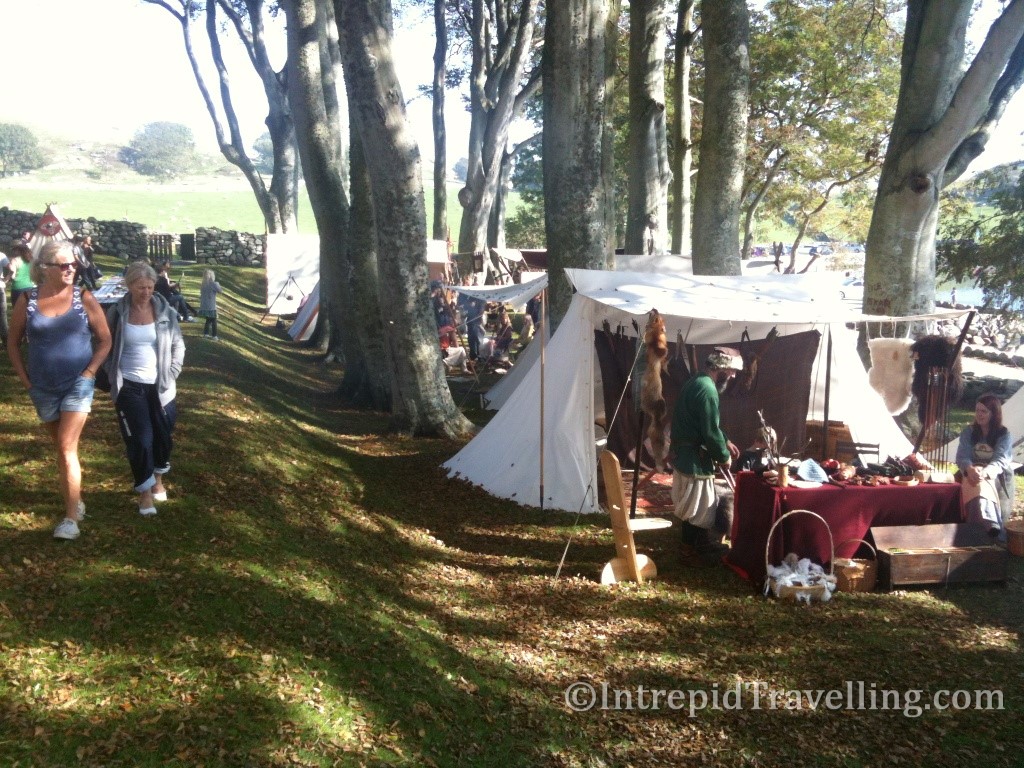
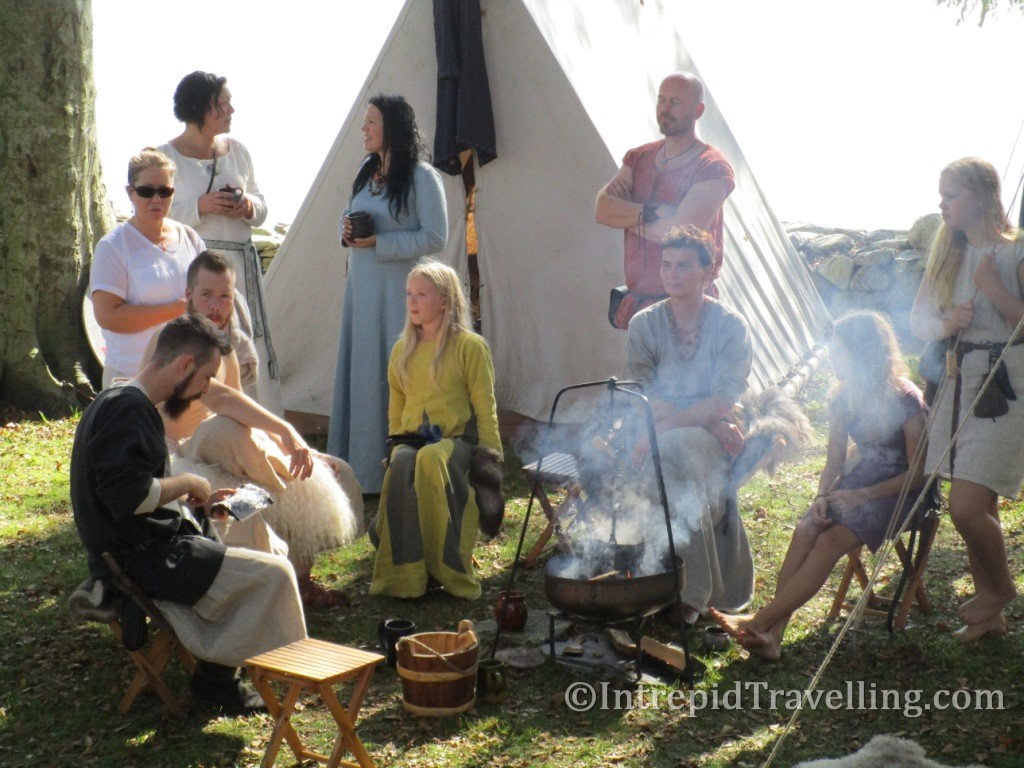
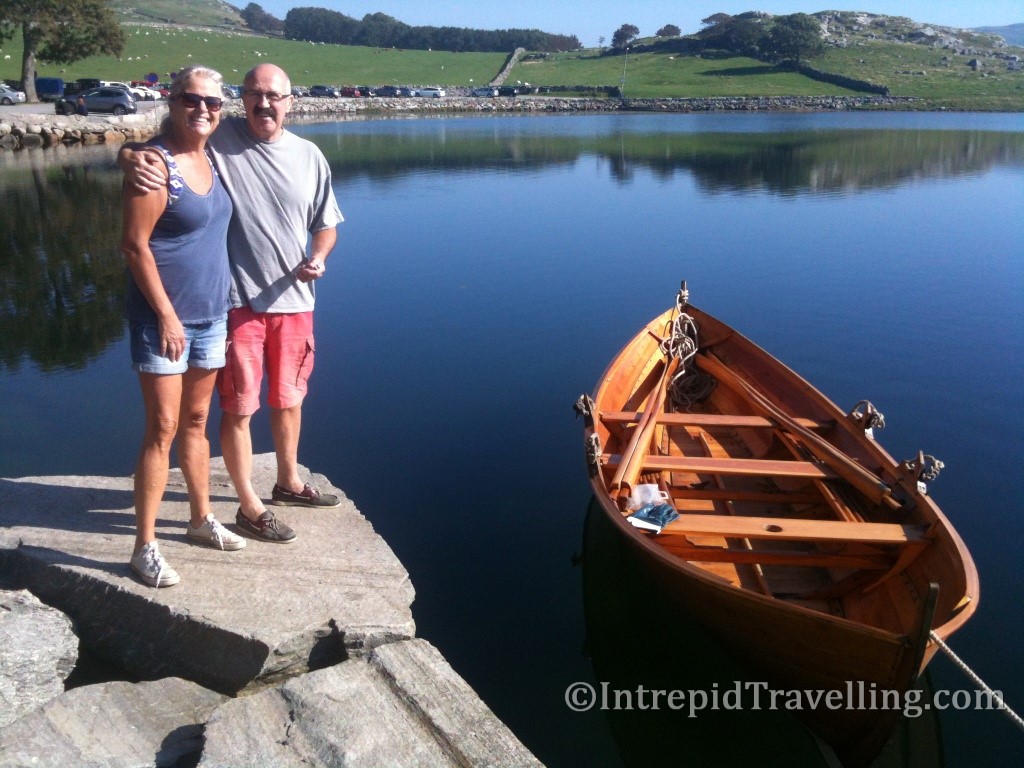
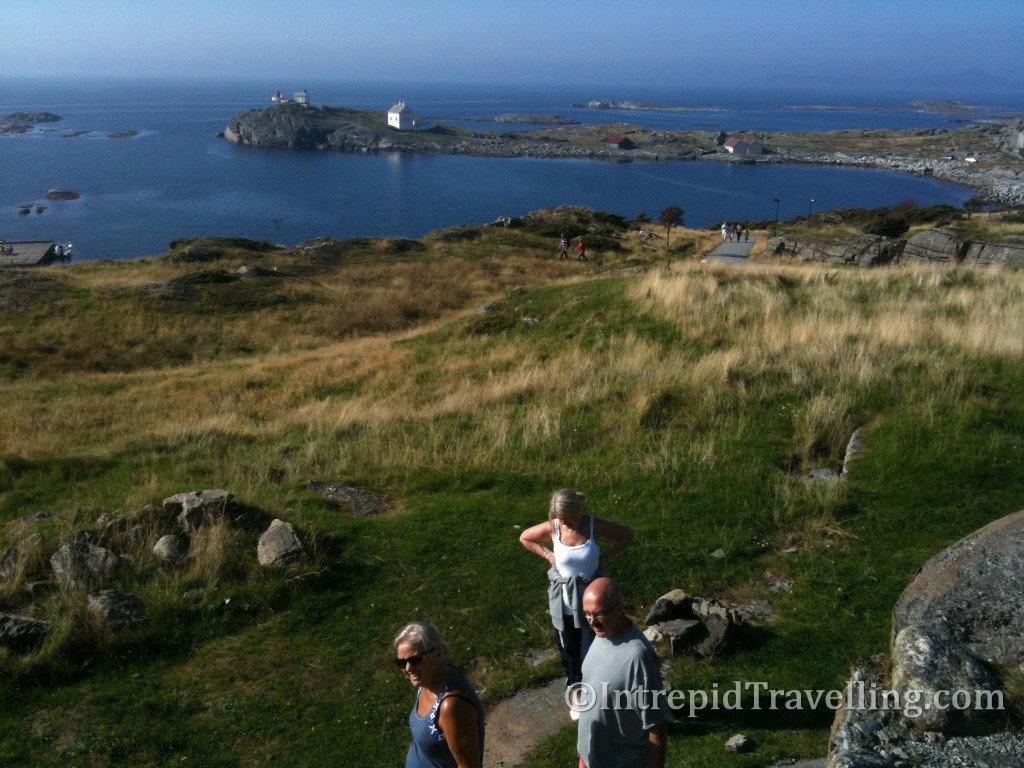
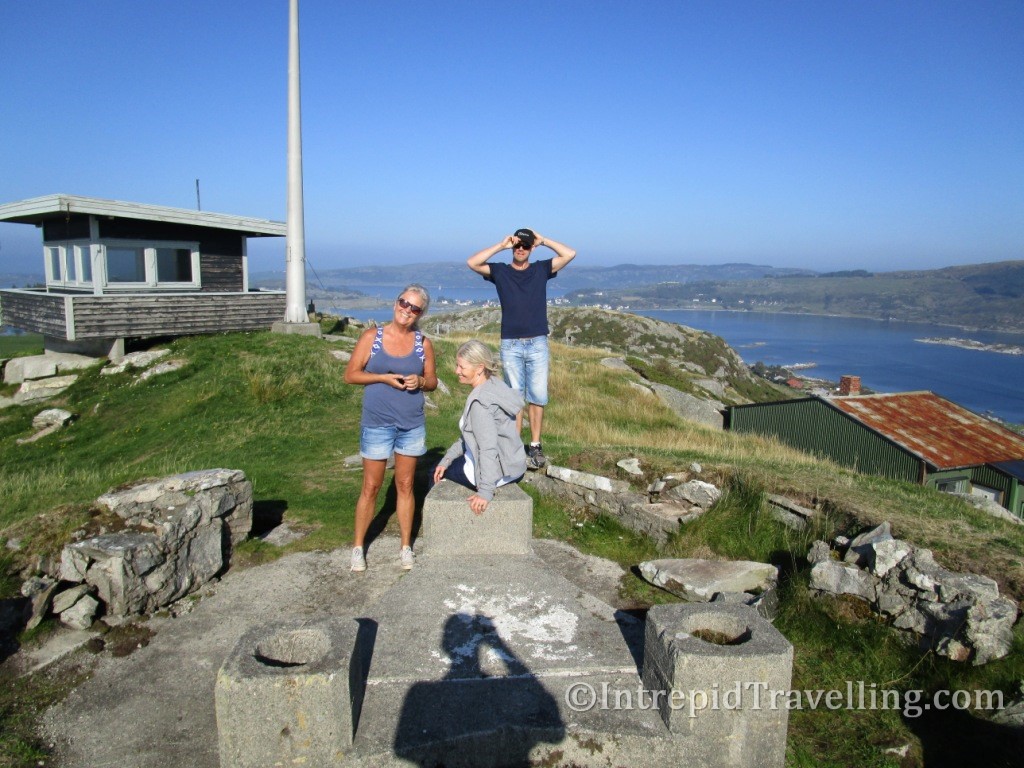
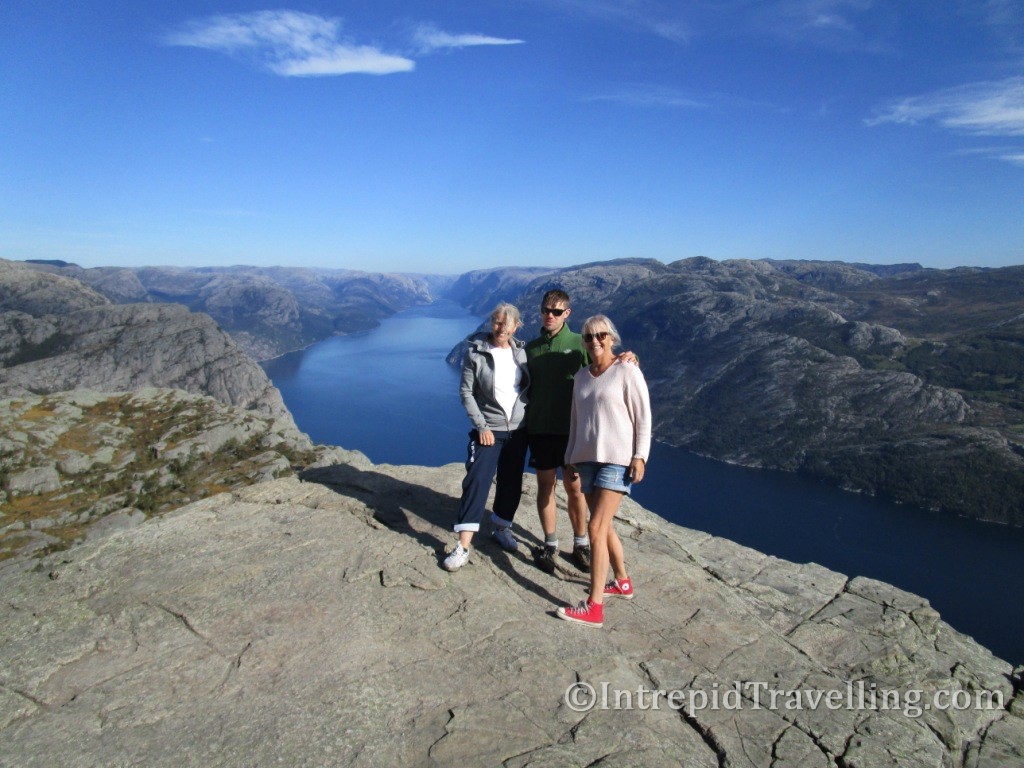
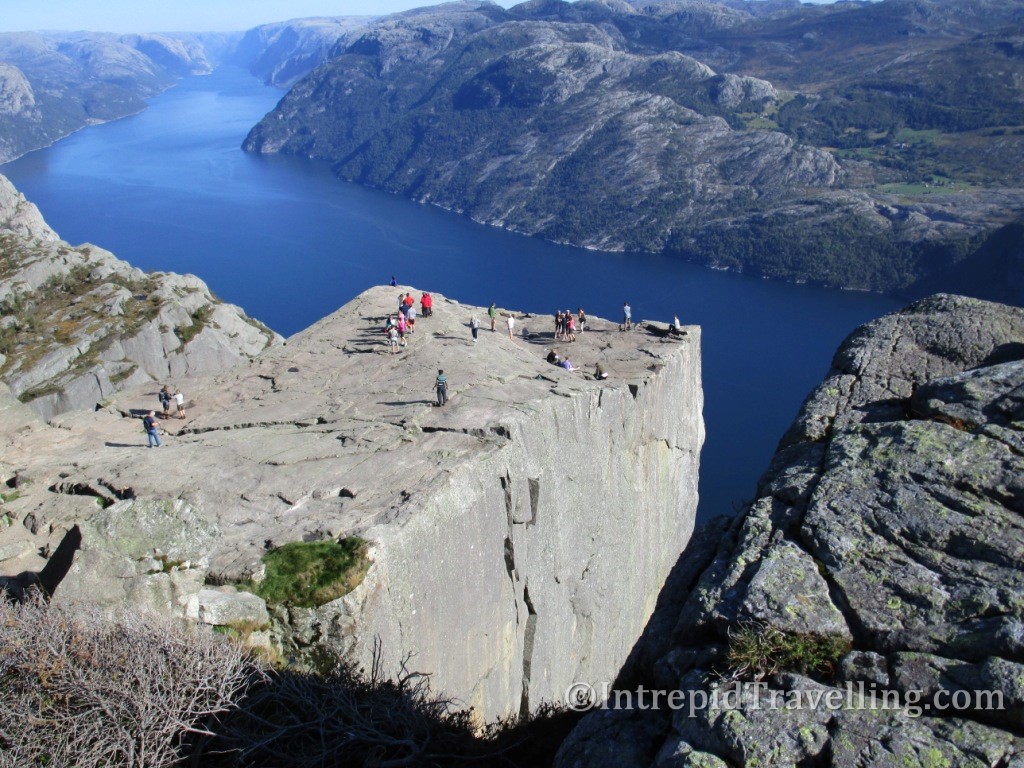
Not far from Stavanger is some of the best examples of bronze age rock carvings in Norway at Fluberget near Revheim which is a few kilometers west of Stavanger. It is believed there was a settlement at Fluberget and that the site was a religious meeting place, with the carvings dating from 1800 to 500 years BC.
Also while in Stavanger be sure to check out the Oil Museum which is an interesting building with displays that tell the story of the development of the industry that has made Norway the prosperous country it is, with one of the highest standards of living. There is a mock up of a drilling rig’s doghouse, models of platforms and information relating to how oil and gas is formed.
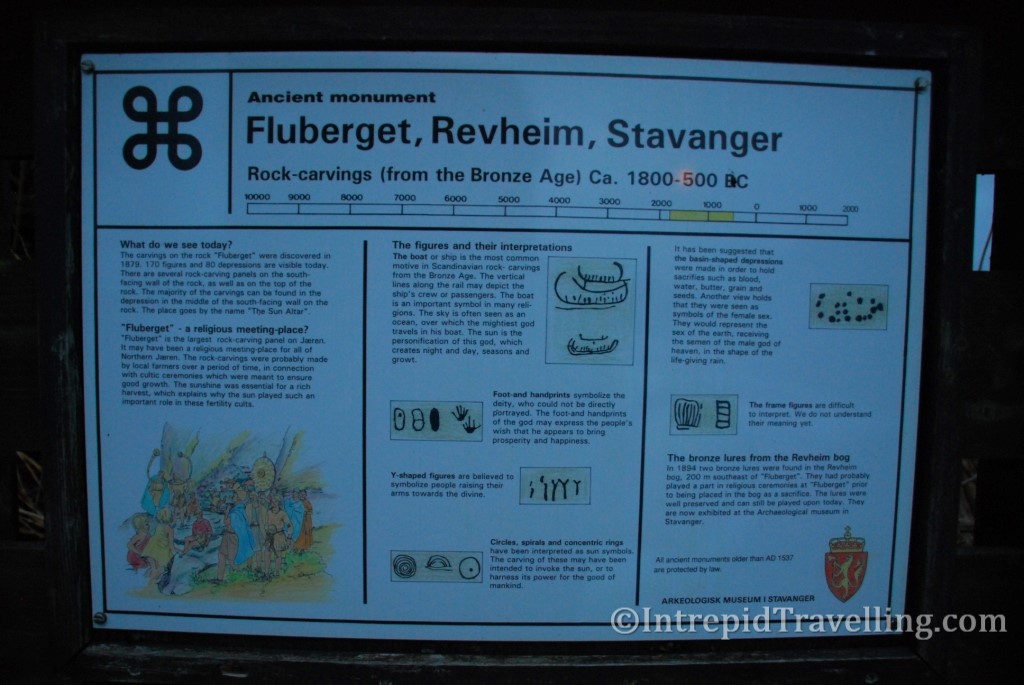
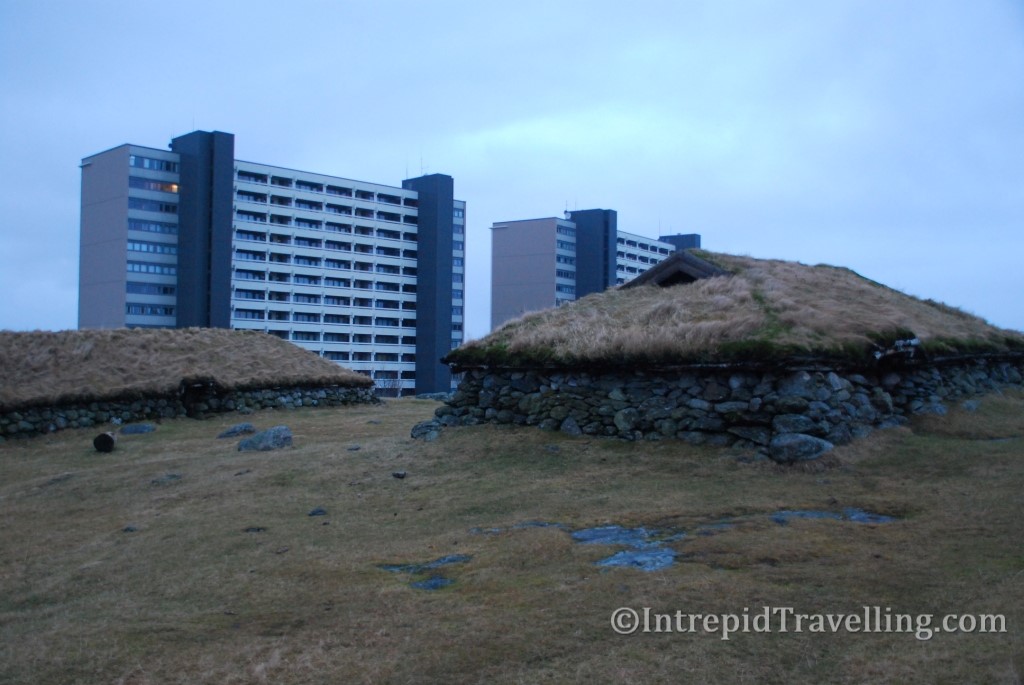
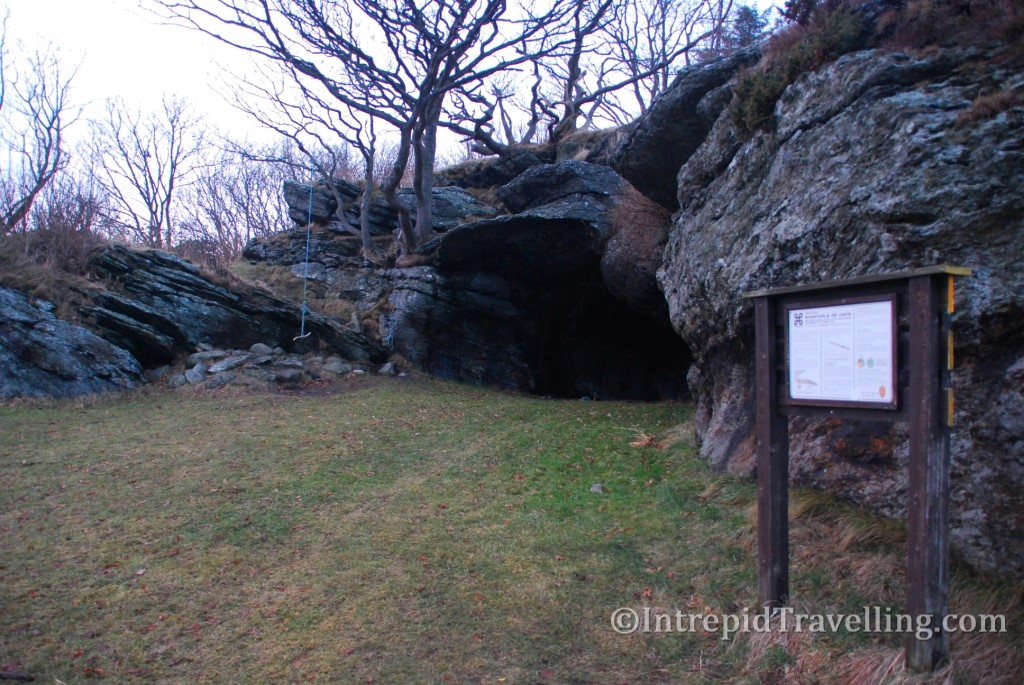
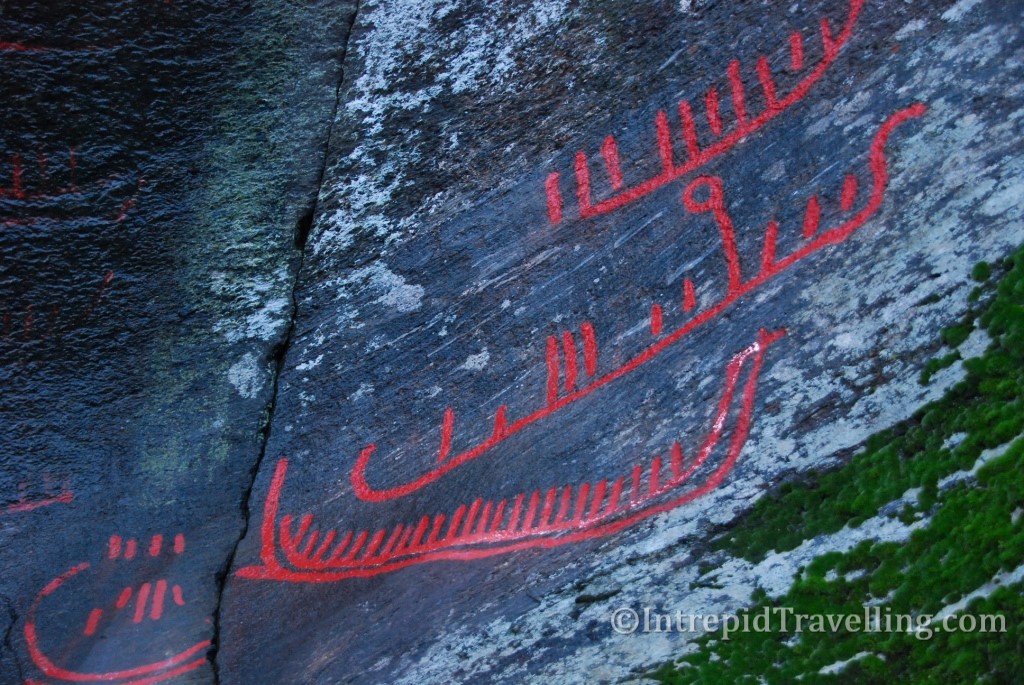
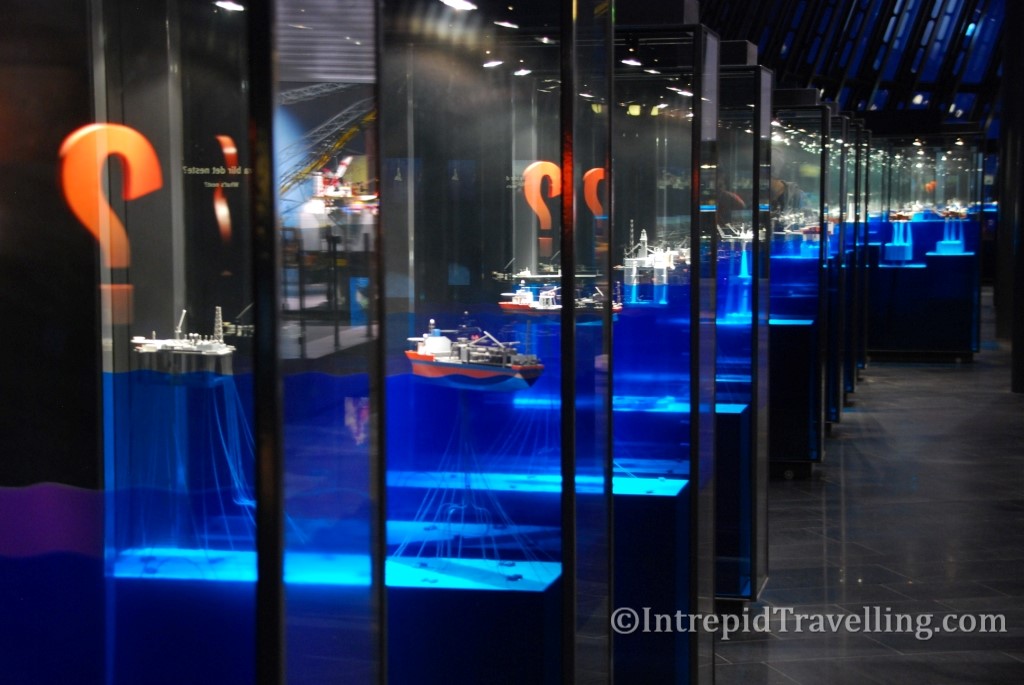
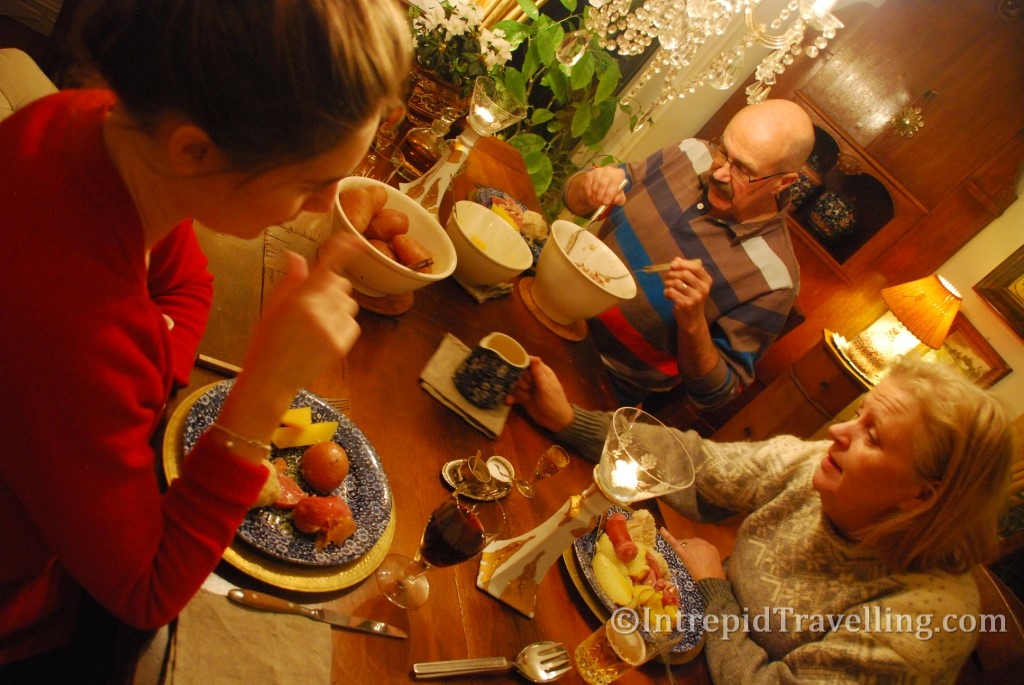
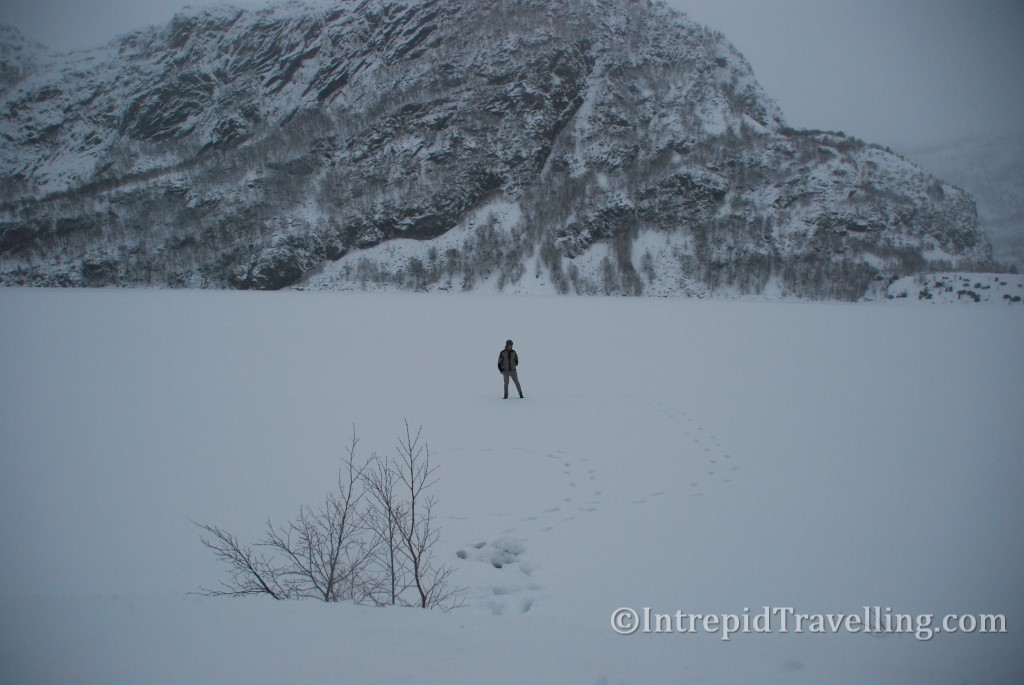
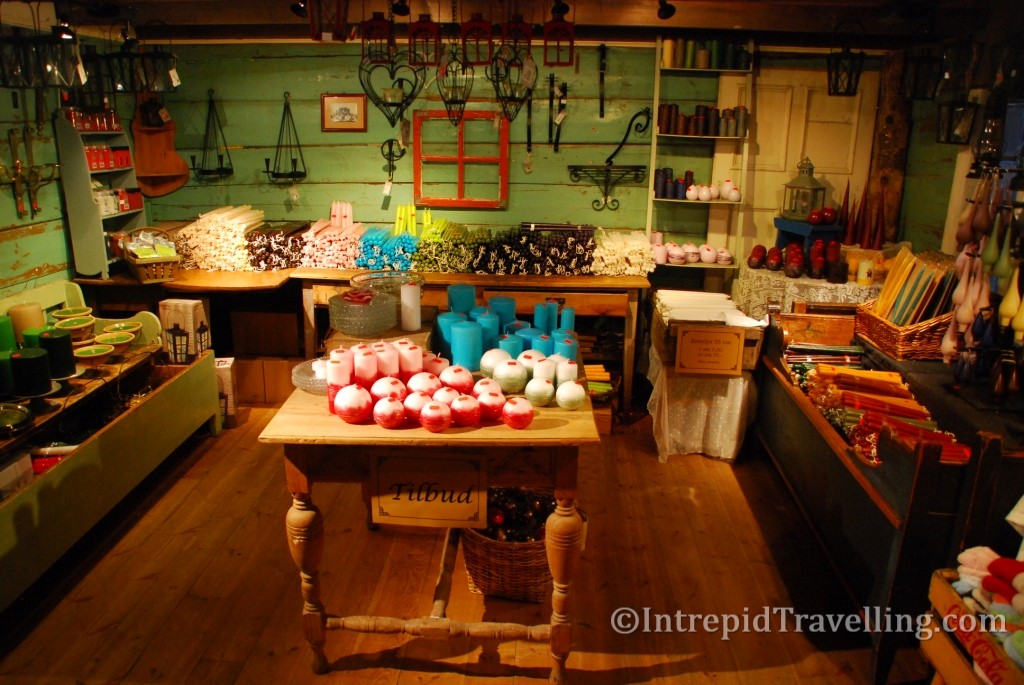
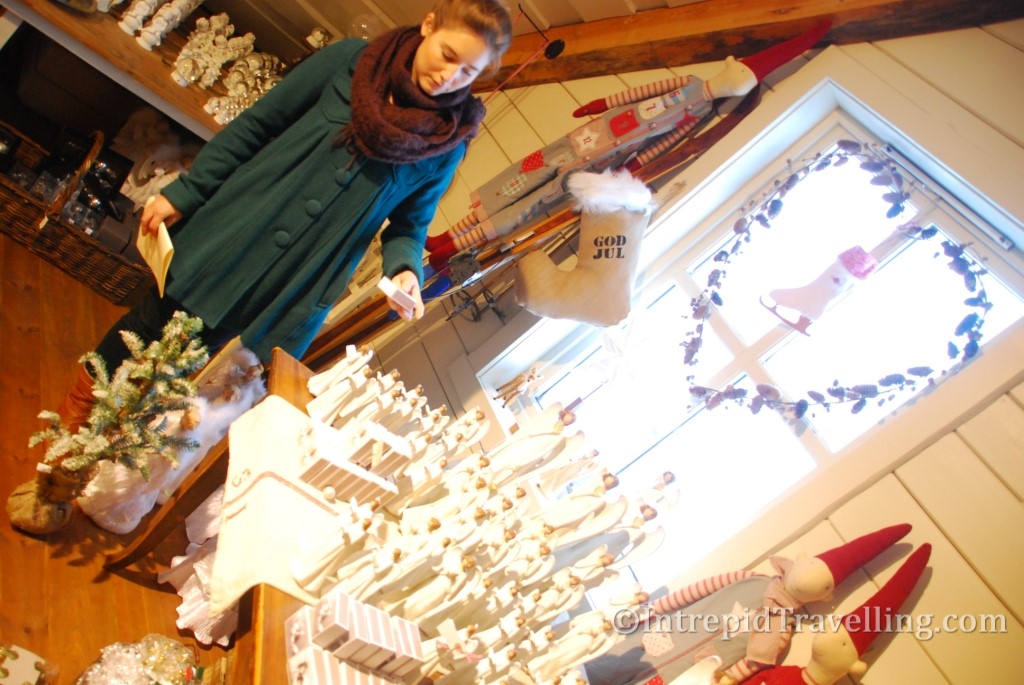
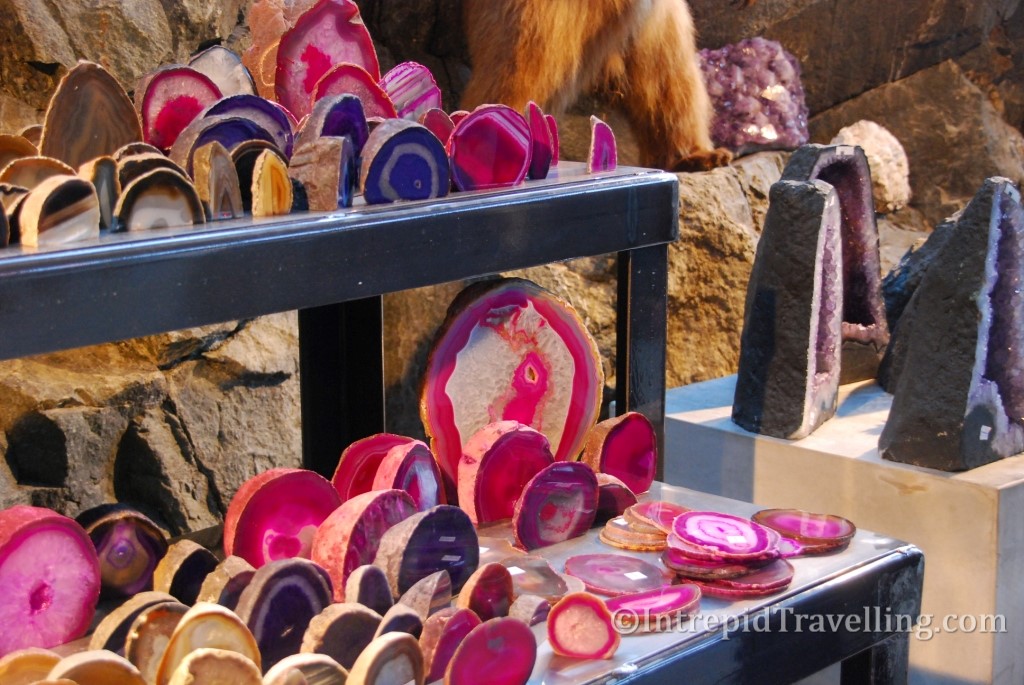
Outside of Stavanger there are plenty of opportunities to enjoy the great outdoors and surrounding mountains. The 2 hour hike to the iconic Preikestolen (also known as The Pulpit Rock) is a popular day hike. Preikestolen is a square rock plateau that stands 604m above the Lysefiord below, but be assured that the swear and effort is immediately worth it when you reach this remarkable spot and first take in the views of the fjord and sheer drop below! If you’re into hiking, then another must visit spot is Kjerag further up the fjord.


